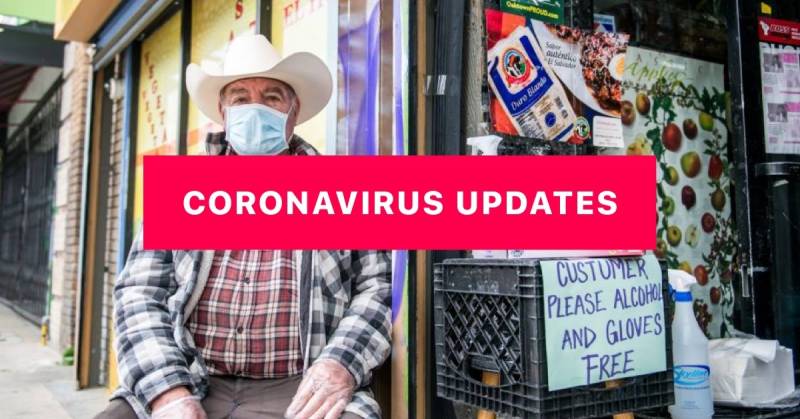California health officials have added a new metric for assessing whether counties are doing enough to contain the spread of COVID-19. A new "health equity metric,” effective Tuesday, will examine rates of infection in communities that have been disproportionately affected by the coronavirus.
“Low-income, Latino, Black and Pacific Islanders have been hardest hit” by the pandemic, said state epidemiologist Dr. Erica Pan in a presentation Tuesday.
The new metric assesses the rate of COVID-19 infections in census tracts that have been identified as having less healthy conditions, as measured by the Healthy Places Index. The index generates a score based on factors such as access to health care, housing density, crowding and air pollution.
Counties are currently placed in color-coded tiers based on the number of COVID-19 cases and the rate of testing per population. The new equity metric adds an additional requirement for counties wishing to move into less restrictive tiers, where more businesses can reopen and activities can resume.
Counties that have marked disparities in COVID-19 rates among different census tracts must submit a plan for improvement, including through increased testing, contact tracing, education and outreach.

